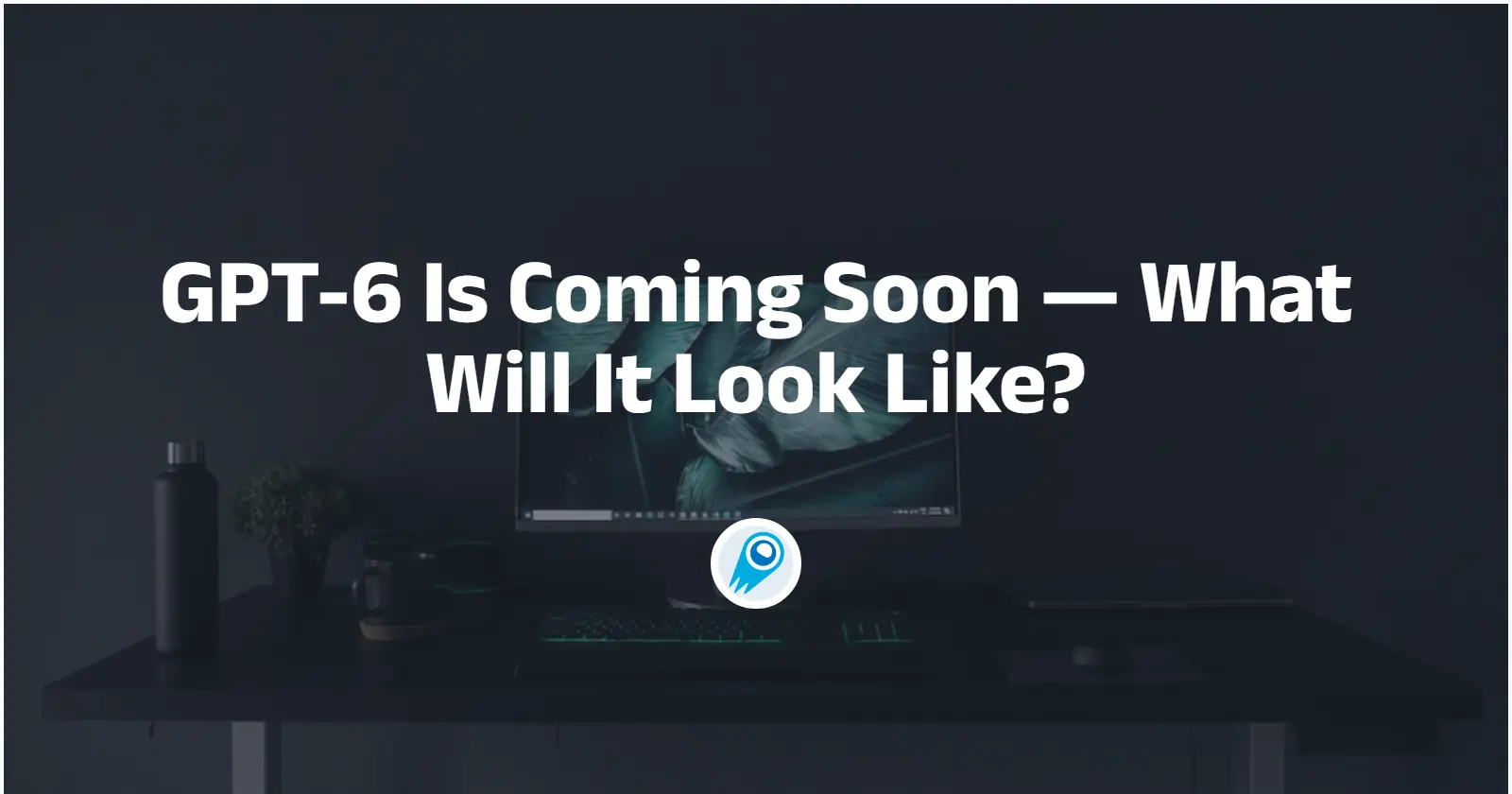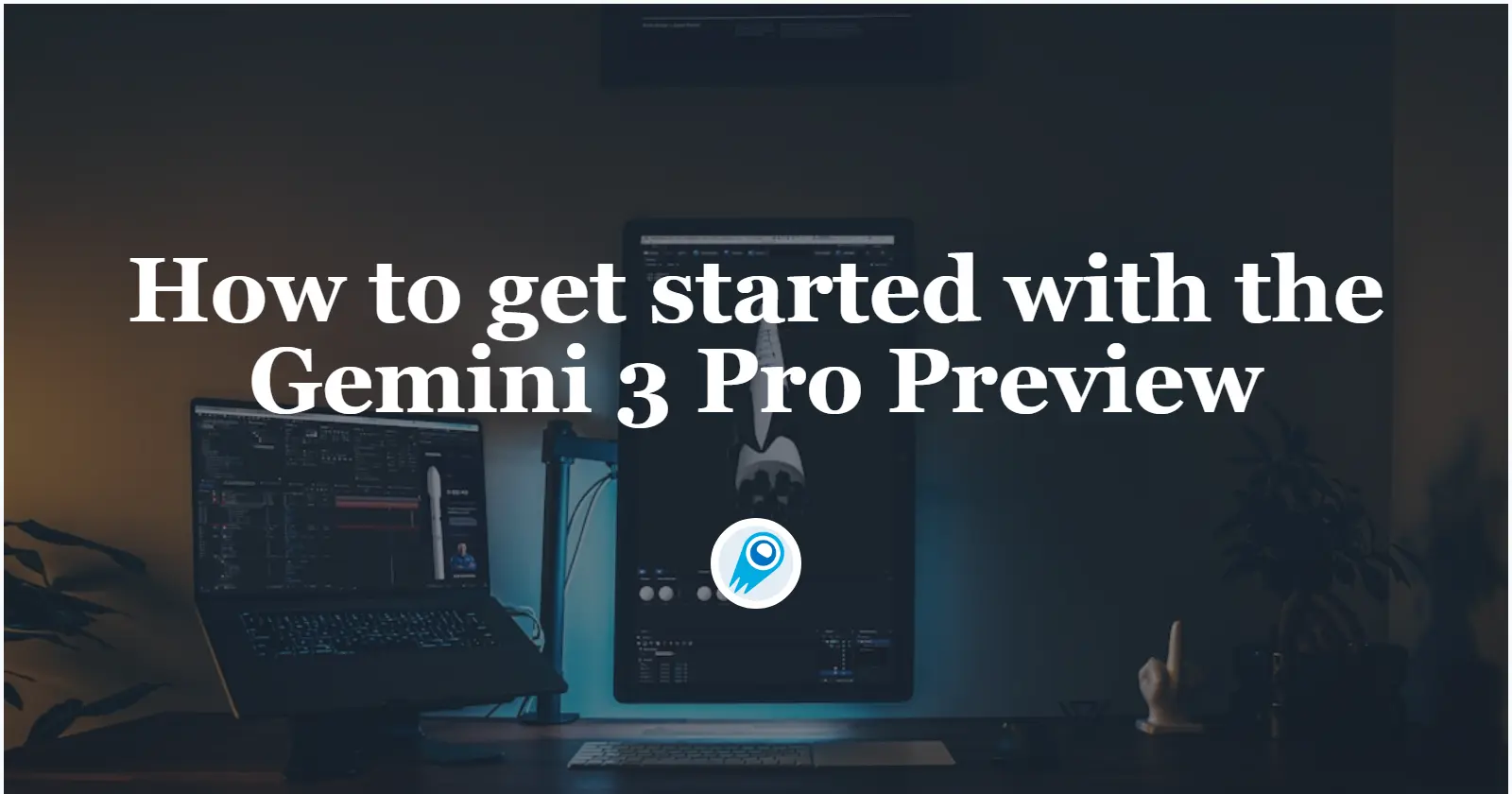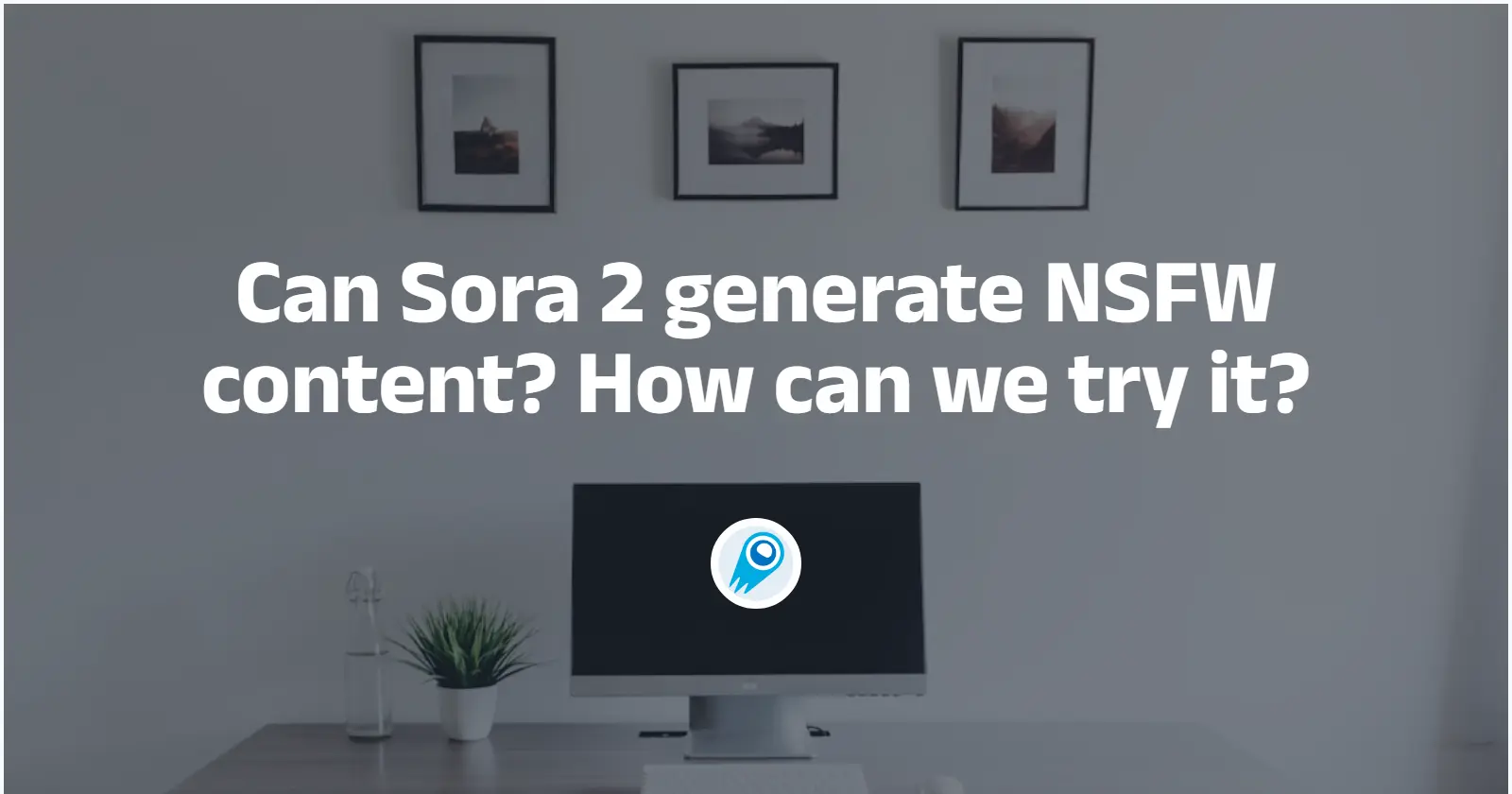Comet API Blog
The CometAPI Blog shares practical guides and updates on mainstream
AI models to help developers get started quickly and integrate them efficiently.
Alibaba’s Qwen : Is It Truly Open Source?
What is Qwen? Qwen (Tongyi Qianwen) is a series of large language models (LLMs) and multimodal models developed by Alibaba Cloud, initially launched in beta version in April 2023. By July 2024, it was ranked as a top Chinese language model in certain benchmarks and third globally, only behind leading models from Anthropic and OpenAI. […]
Google A2A vs Anthropic MCP: Competing or Complementary?
As artificial intelligence (AI) continues to evolve, the need for standardized communication protocols becomes increasingly vital. Two significant developments in this area are Google’s Agent-to-Agent (A2A) protocol and Anthropic’s Model Context Protocol (MCP). While both aim to enhance AI interoperability, they address different aspects of AI integration. This article delves into the functionalities, differences, and […]
How to Use Gemini 2.5 Pro API with CometAPI
Google’s Gemini 2.5 Pro API represents a significant advancement in artificial intelligence, offering enhanced reasoning, multimodal capabilities, and an expansive context window. This API is designed to cater to developers and enterprises seeking to integrate sophisticated AI functionalities into their applications. What Makes Gemini 2.5 Pro API a Game-Changer? In the rapidly evolving landscape of […]
How do I Use GPT-4o’s Image Function to Make UI
OpenAI’s GPT-4o Image Generation has ushered in a transformative phase in user interface (UI) design. With its integrated image generation capabilities, GPT-4o enables designers to create visuals directly within ChatGPT, eliminating the need for external tools like DALL·E or Photoshop. This innovation has sparked discussions about the future of design and the role of AI […]
How to Create a Logo with GPT-4o image Generation
In the ever-evolving landscape of design, artificial intelligence (AI) has emerged as a formidable tool, challenging traditional creative processes. With the introduction of OpenAI’s GPT-4o, a multimodal model capable of generating text, images, and audio, the boundaries of AI-assisted design have expanded significantly. This article delves into the journey of creating a logo using ChatGPT’s […]
OpenAI o3: What Is It, How to Use & Why It Matters
In April 2025, OpenAI unveiled its most advanced reasoning model to date: o3. This release marks a significant leap in artificial intelligence, combining language understanding with visual reasoning and complex problem-solving capabilities. Designed to handle tasks ranging from coding and mathematics to image analysis and web browsing, o3 sets a new standard for AI performance […]
OpenAI Unveils o3 and o4-mini: Pioneering AI Models Elevate Reasoning Capabilities
April 17, 2025: OpenAI has introduced two groundbreaking AI models on Wednesday, o3 and o4-mini, marking a significant advancement in artificial intelligence reasoning capabilities. These models are designed to enhance performance in complex tasks, integrating visual comprehension and advanced problem-solving skills. o3: Advancing Towards Human-Level Reasoning The o3 model stands as OpenAI’s most sophisticated reasoning […]
Can GPT-4o Generate NSFW pictures?
OpenAI‘s GPT-4o represents a significant advancement in multimodal AI, capable of generating both text and images. As its capabilities expand, questions arise regarding its ability to produce Not Safe For Work (NSFW) content, particularly sexually explicit material. This article examines OpenAI’s current stance, policy developments, and the broader implications of AI-generated NSFW content. What is […]
GPT-4o: How Many Images Can You Generate?
OpenAI’s GPT-4o has revolutionized AI-driven creativity by integrating advanced image generation directly into ChatGPT. This feature allows users to create detailed visuals through natural language prompts, marking a significant leap in AI capabilities. However, questions arise regarding the limits of this feature and its implications for users and the broader creative landscape. Overview of GPT-4o’s […]
GPT-4.1: What Is It & How Can You Use It?
On April 14, 2025, OpenAI unveiled GPT-4.1, its most advanced language model to date, marking a significant milestone in artificial intelligence development. This release introduces three new models—GPT-4.1, GPT-4.1 Mini, and GPT-4.1 Nano—each designed to enhance coding capabilities, instruction following, and long-context comprehension. Notably, GPT-4.1 boasts a 1 million token context window, a substantial increase […]

GPT-6 Is Coming Soon — What Will It Look Like?
The AI world is buzzing: OpenAI is actively developing the successor to GPT-5 (often referred to in press and social posts as “GPT-6” or jokingly […]

The Nano Banana 2 is ready for release— What features will it have and how it work?
Google’s Nano Banana — the friendly codename for the Gemini family’s image model (formally released as Gemini 2.5 Flash Image) — shook up generative imaging […]

How to get started with the Gemini 3 Pro Preview
News about Gemini 3.0 has been the most talked-about topic among developers since August, with constant news reports confidently announcing its release date, only to […]

What is Sora 2’s Content Moderation System?
In the rapidly evolving landscape of artificial intelligence, OpenAI’s Sora 2 has emerged as a groundbreaking tool in video generation. Released on September 30, 2025, […]

GPT-OSS-Safeguard: Principle, Evaluations and Deploy
OpenAI published a research preview of gpt-oss-safeguard, an open-weight inference model family engineered to let developers enforce their own safety policies at inference time. Rather […]

Can Sora 2 generate NSFW content? How can we try it?
In the rapidly evolving landscape of artificial intelligence, OpenAI’s release of Sora 2 on September 30, 2025, marked a significant milestone in video generation technology. […]
